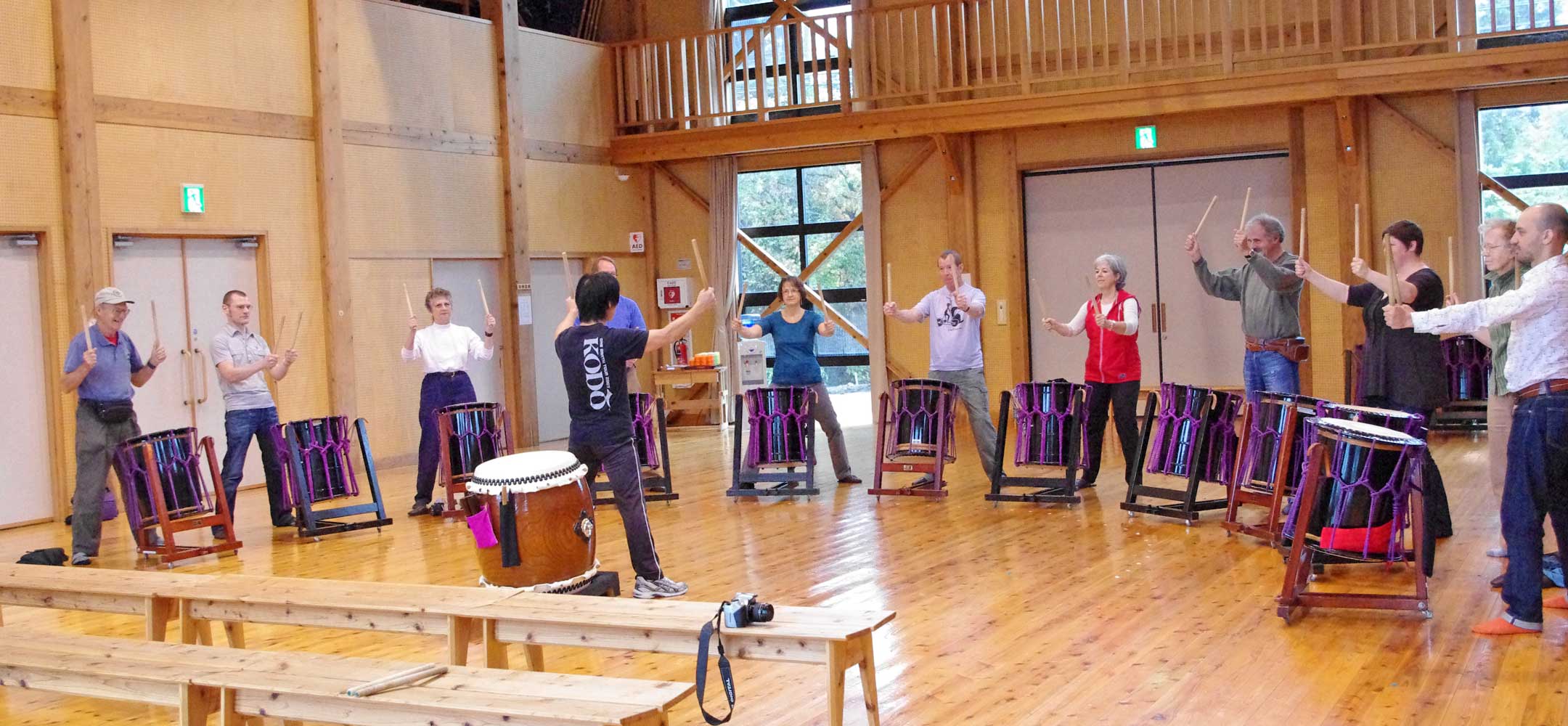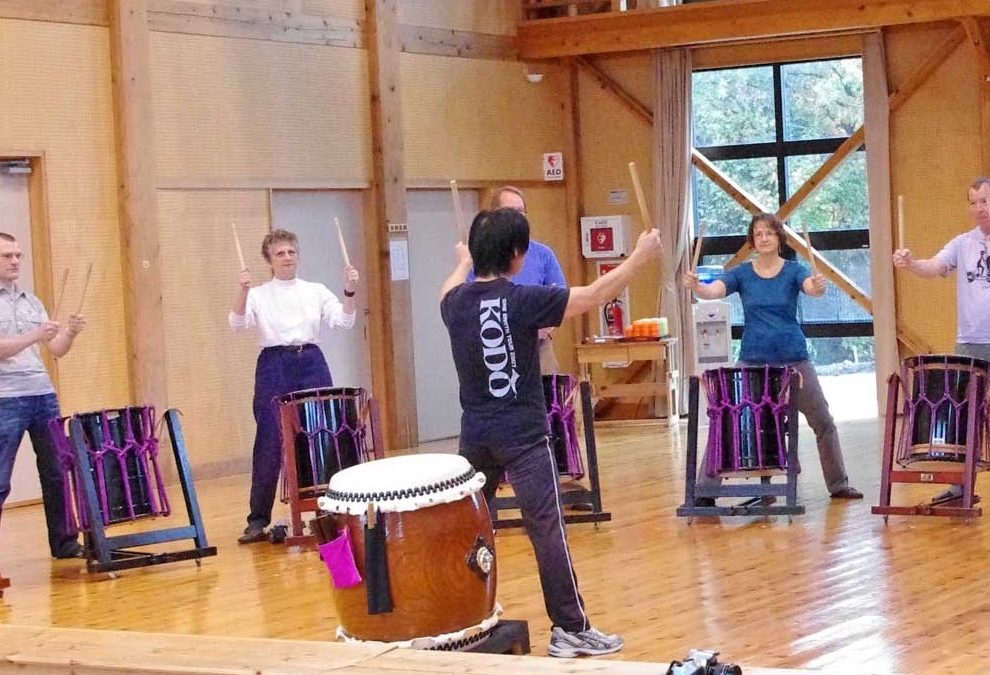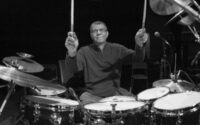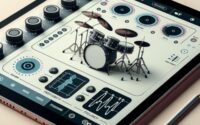Life is set to a rhythm. The first sound heard by every child is the beat of their mother’s heart. It is no surprise, then, that the beat of a drum can bring peace, calm, and even transcendence to a hurting soul.
According to the American Music Therapy Association, music therapy combines the clinical and evidence-based use of music interventions to help patients reach specific goals. It addresses physical, emotional, cognitive, and social needs. Patients work with a music therapist to create, sing, move to, and/or listen to music.

Drumming can be used as a type of music therapy. In a 2017 interview with Medscape, Theodore Zanto, PhD, a top music therapy researcher, states that the rhythmic sounds of music and drumming can be healing. Similar to meditation, drumming produces positive mental health effects in patients. The brain is also rhythmic, so during drumming, the brain is interpreting every sound wave created. Drumming creates both a sound and a physical effect on the body. This creates a good environment for meditation and relaxation to take place.
Music can be healing. One encouraging study looked at the effects of group drumming on anxiety, depression, social resilience, and inflammatory immune response among mental health patients. This form of music therapy:
- Reduces tension, anxiety, and stress
- Boosts immune system
- Enhances connection with others
- Releases negative feelings
- Enables connection with the spiritual
- Generates enjoyment
It is also worth remembering that drumming is still a relatively new complementary therapy in western countries, but it has been used for centuries in other countries.
Source: https://www.oncnursingnews.com
Share







